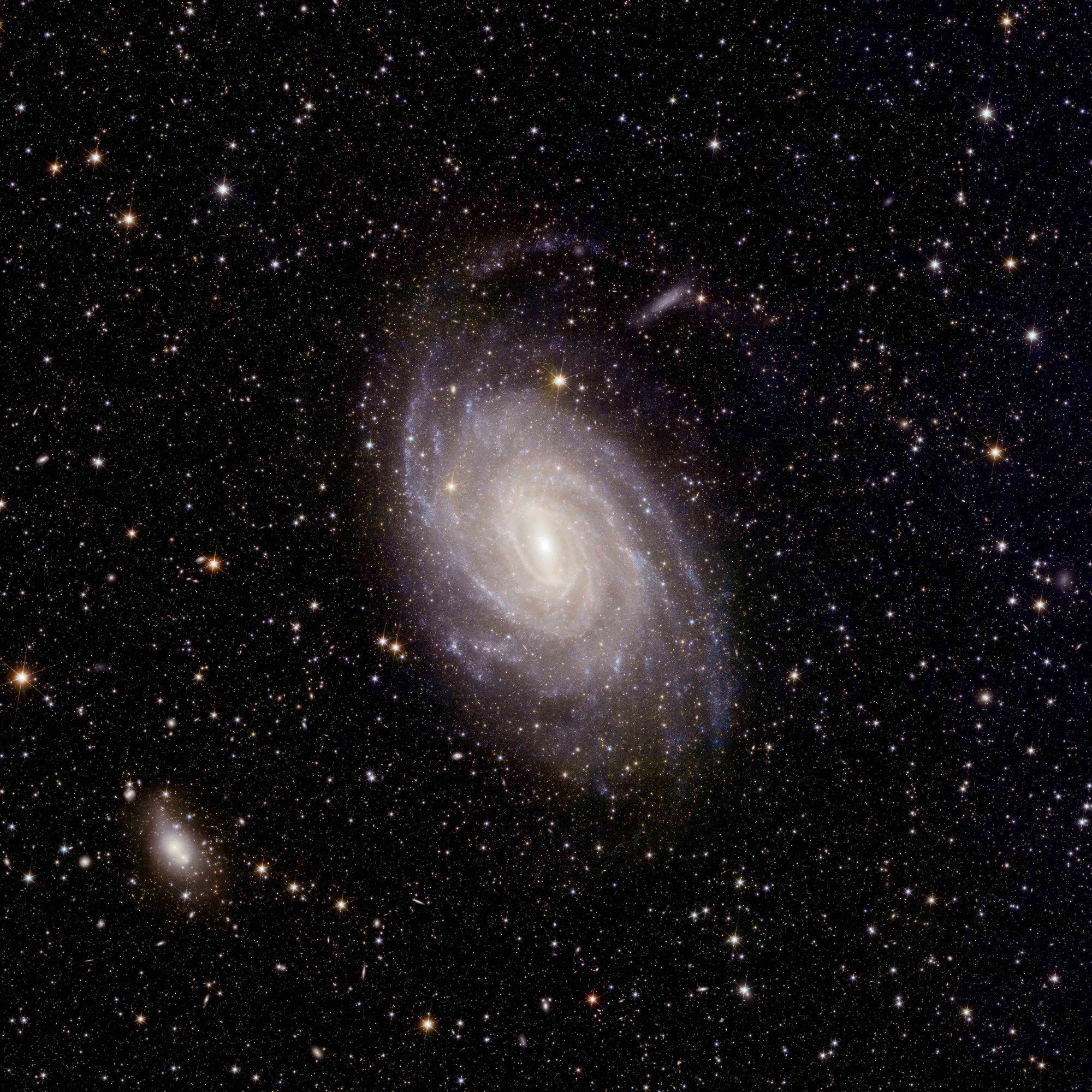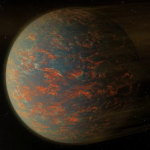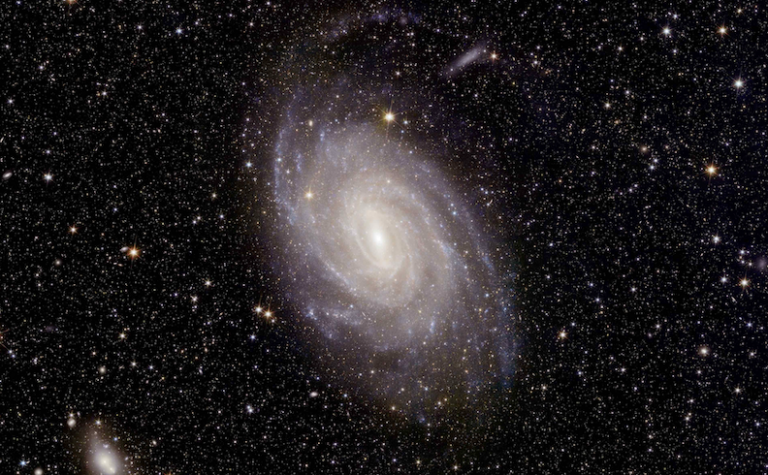
A space telescope has captured our galaxy’s doppelganger. It lies 30 million light-years away.
The brilliant object is a spiral galaxy dubbed GC 6744. And the European Space Agency’s Euclid craft — launched in 2023 and packing a high-resolution 1.2-meter (four-foot) wide telescope — snapped a new razor-sharp image of this star-filled galaxy.
“This galaxy is often called a doppelganger of our own Milky Way galaxy due to their similarities,” the agency noted.
Euclid’s image shows clear views of the galaxy’s spiral arms, which actually play a vital role in star formation. The colossal arms move (gradually), compressing gas to stoke stellar creation. Most star formation happens in the arms, ESA noted.

Credit: ESA / Euclid / Euclid Consortium / NASA // Image processing by J.-C. Cuillandre (CEA Paris-Saclay) / G. Anselmi
In the Milky Way, our sun and solar system lie far from the galactic center on one of the arms. “We live in the suburbs of our galaxy,” explains NASA.
At night, with dark skies, we can easily look back on a portion of the Milky Way: A “milky” band on light sprawls across the sky. We’re looking edge-on at our galaxy’s central disk.
Although NASA calls NGC 6744 the galaxy most similar to ours in the local universe, the agency also calls it our “big brother.” It’s 175,000 light-years across, while the Milky Way is some 100,000 light-years across (a light-year is nearly 6 trillion miles). Our galaxy might be smaller, but still contains hundreds of billions of stars, and potentially trillions of exoplanets.
This Euclid image — and other views just released by ESA — require high-detail because the mission’s scientists are investigating a profoundly elusive, though omnipresent, target: dark matter. Astronomers know dark matter exists, because it gravitationally influences the objects we can see, but they don’t know what it is. “This might be a surprise, but we don’t know what most of the universe is made of. Seriously, we don’t,” NASA explains.
Astronomers suspect that a whopping 95 percent of the universe is dark matter and energy. To better grasp it, cosmic researchers need to observe the precise “shapes, distances, and motions of billions of galaxies out to 10 billion light-years,” ESA said.
This ambitious science endeavor has just begun.

















0 Comments